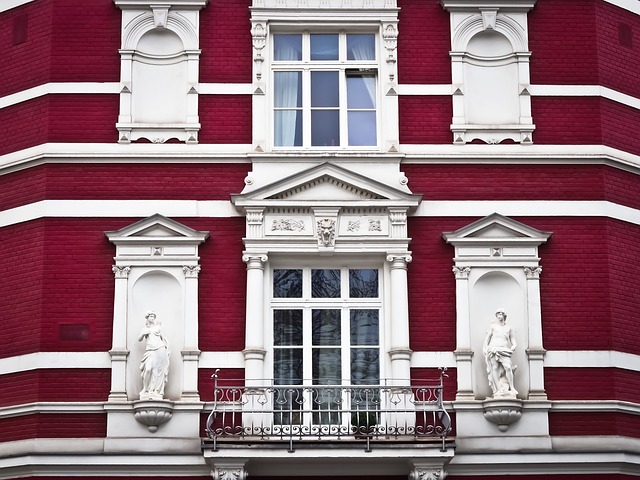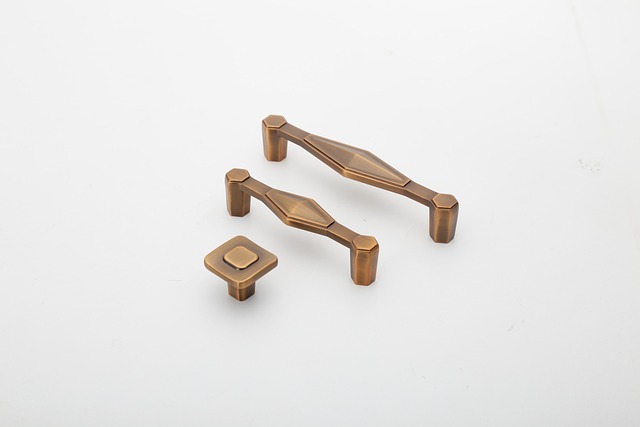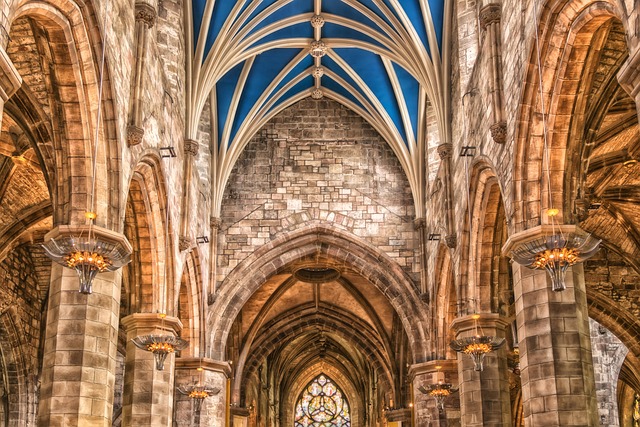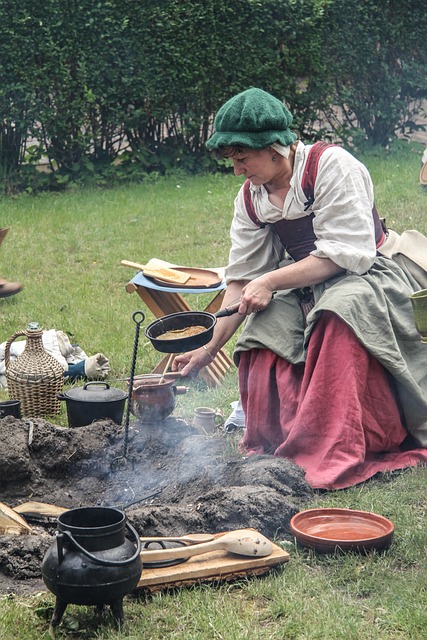Understanding a structure's historical significance is crucial for real estate renovation or restoration, preserving original architectural elements like structural components and historical features to enhance property value, stand out in the market, align with sustainable practices, and create unique, aesthetically pleasing spaces that blend old and new while respecting history.
In the realm of real estate, preserving historical architecture is a delicate art. When renovating an old property, it’s crucial to Assess its historical significance, Identify intact original features, and Prioritize their preservation. This meticulous approach ensures that the essence of the structure—its unique character and charm—is carefully preserved for future generations. By doing so, we not only safeguard cultural heritage but also enhance the property’s value in today’s market.
Assess Structure's Historical Significance

Before embarking on any renovation or restoration project, it’s crucial to assess the historical significance of a structure. In the realm of real estate, understanding the architectural elements and their evolution can be a game changer for property owners and developers alike. Each era leaves its mark on buildings, creating a unique tapestry of styles and designs.
By evaluating the original architecture, you gain insight into the time period it represents. This knowledge is invaluable when deciding how to preserve or reinterpret those features in modern real estate developments. It ensures that the historical essence remains intact while allowing for thoughtful adaptations to meet contemporary needs and preferences.
Identify Intact Original Features Accurately

When assessing a property for preservation, the first step is to identify those original architectural elements that are still intact. This involves a meticulous examination of various aspects like structural components, flooring, trim work, and even paint layers. Real estate professionals and historians play a crucial role in accurately documenting these features, ensuring they’re not overlooked or mistaken for later additions.
Accurate identification requires a deep understanding of the property’s history and construction methods from that era. It involves checking for original hardware, window frames, fireplaces, and built-in shelves—elements that can significantly enhance the property’s historical value. In the world of real estate, preserving these intact features can be a game changer, transforming a simple property into a piece of living history.
Prioritize Preservation During Renovations

When embarking on a renovation project, particularly in the dynamic realm of real estate, it’s crucial to prioritize the preservation of original architectural elements. These elements are not merely aesthetic; they contribute significantly to the historical and cultural value of a property. By carefully preserving these features, renovators can enhance the property’s uniqueness and market appeal, standing out in a competitive real estate landscape.
Moreover, preserving historic architecture aligns with sustainability practices, reducing waste and minimizing the environmental impact. It allows for a harmonious blend of old and new, creating spaces that are both aesthetically pleasing and steeped in character. This approach not only respects the past but also fosters a deeper connection to the property’s history, making it a true reflection of its time and place.






